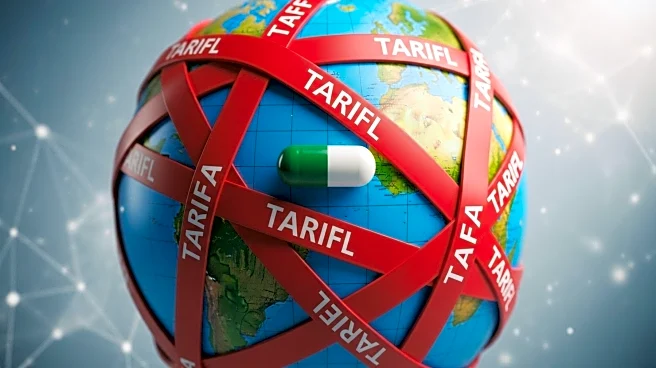What's Happening?
The Coffee Board of India has released a market update detailing the current trends in coffee futures and export performance. Arabica coffee futures have seen an increase, with December 2025 contracts rising by 0.98% to 371.35 US cents per pound. In contrast, Robusta futures have declined, with November 2025 contracts dropping by 2.96% to $4,094 per tonne. The domestic raw coffee prices in Karnataka remain stable, with Arabica Plantation priced between ₹26,000 and ₹26,750 per 50 kg bag. India's coffee exports from January to September 2025 totaled 294,277 metric tonnes, slightly lower than the previous year's figures. The divergence in Arabica and Robusta prices reflects changing supply-demand dynamics, with Arabica supported by tight supplies and strong demand, while Robusta faces increased availability and weaker buying interest.
Why It's Important?
The mixed trends in coffee futures and export performance have significant implications for the Indian coffee industry. The rise in Arabica prices suggests strong international demand, which could benefit Indian exporters focusing on Arabica varieties. However, the decline in Robusta prices may pose challenges for producers relying on this variety, potentially affecting their profitability. The overall export performance, although slightly behind last year's pace, indicates resilience in the face of global market fluctuations. This situation highlights the need for strategic adjustments by Indian coffee producers and exporters to navigate the changing market dynamics effectively.
What's Next?
The Coffee Board of India and industry stakeholders may need to monitor global market trends closely to adapt their strategies. Producers might consider diversifying their coffee varieties or enhancing quality to meet international demand. Exporters could explore new markets or strengthen existing trade relationships to boost sales. Additionally, the government and industry bodies may implement policies to support coffee growers, ensuring they remain competitive in the global market.
Beyond the Headlines
The current trends in coffee futures and exports could lead to long-term shifts in the Indian coffee industry. As Arabica gains popularity, there may be increased investment in Arabica cultivation, potentially altering the landscape of coffee production in India. This shift could also influence the socio-economic conditions of coffee-growing regions, impacting employment and local economies. Furthermore, the emphasis on quality and sustainability in coffee production may drive innovation and technological advancements in the industry.










